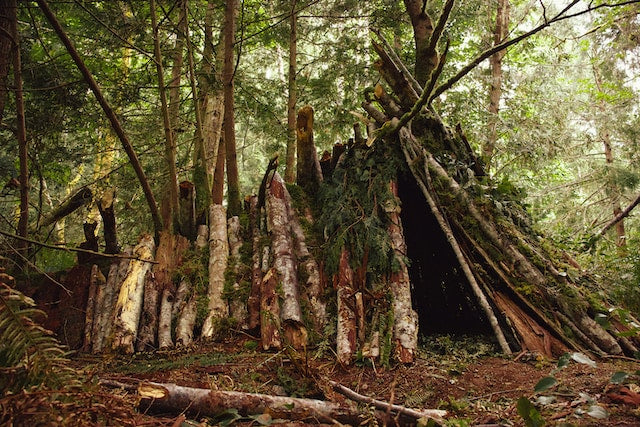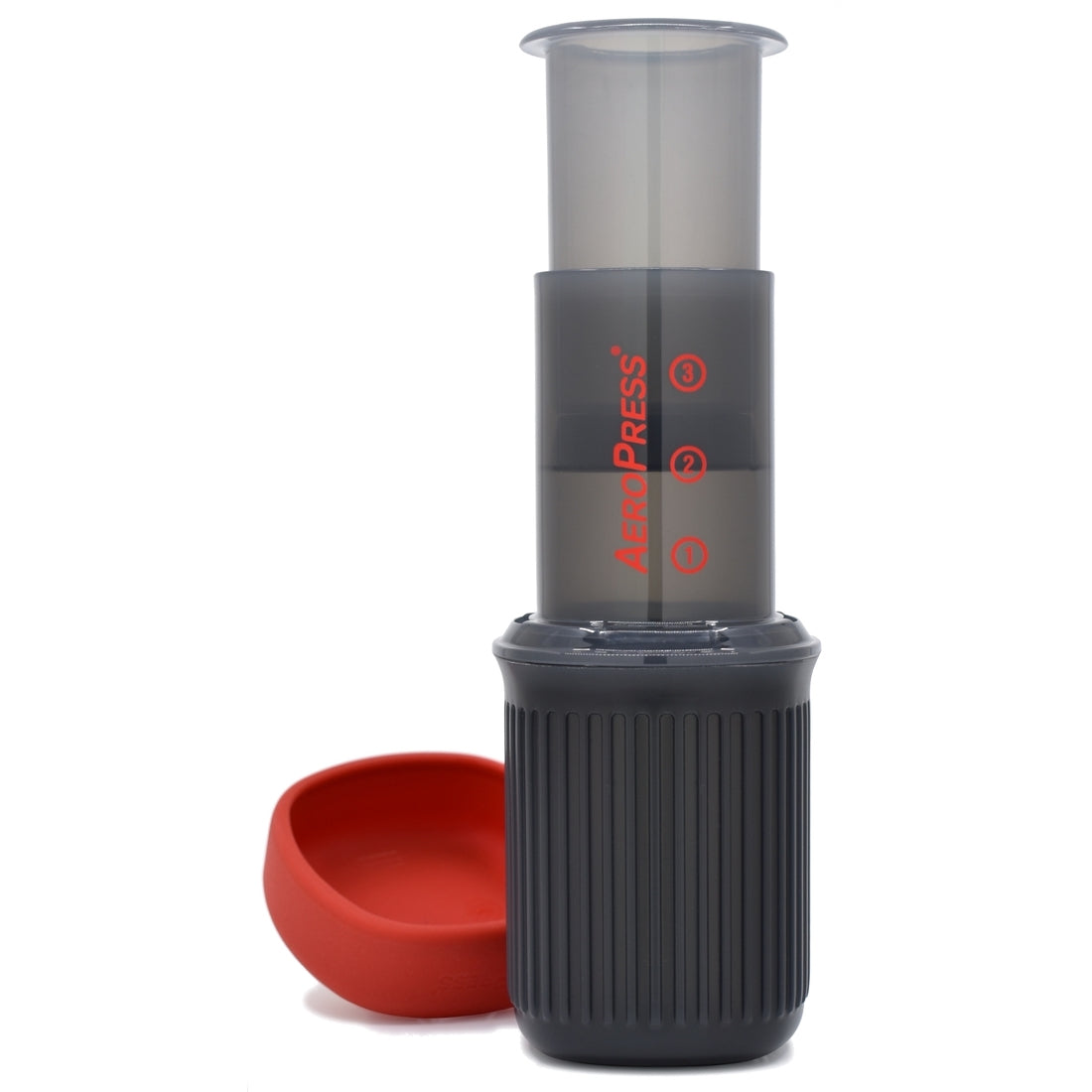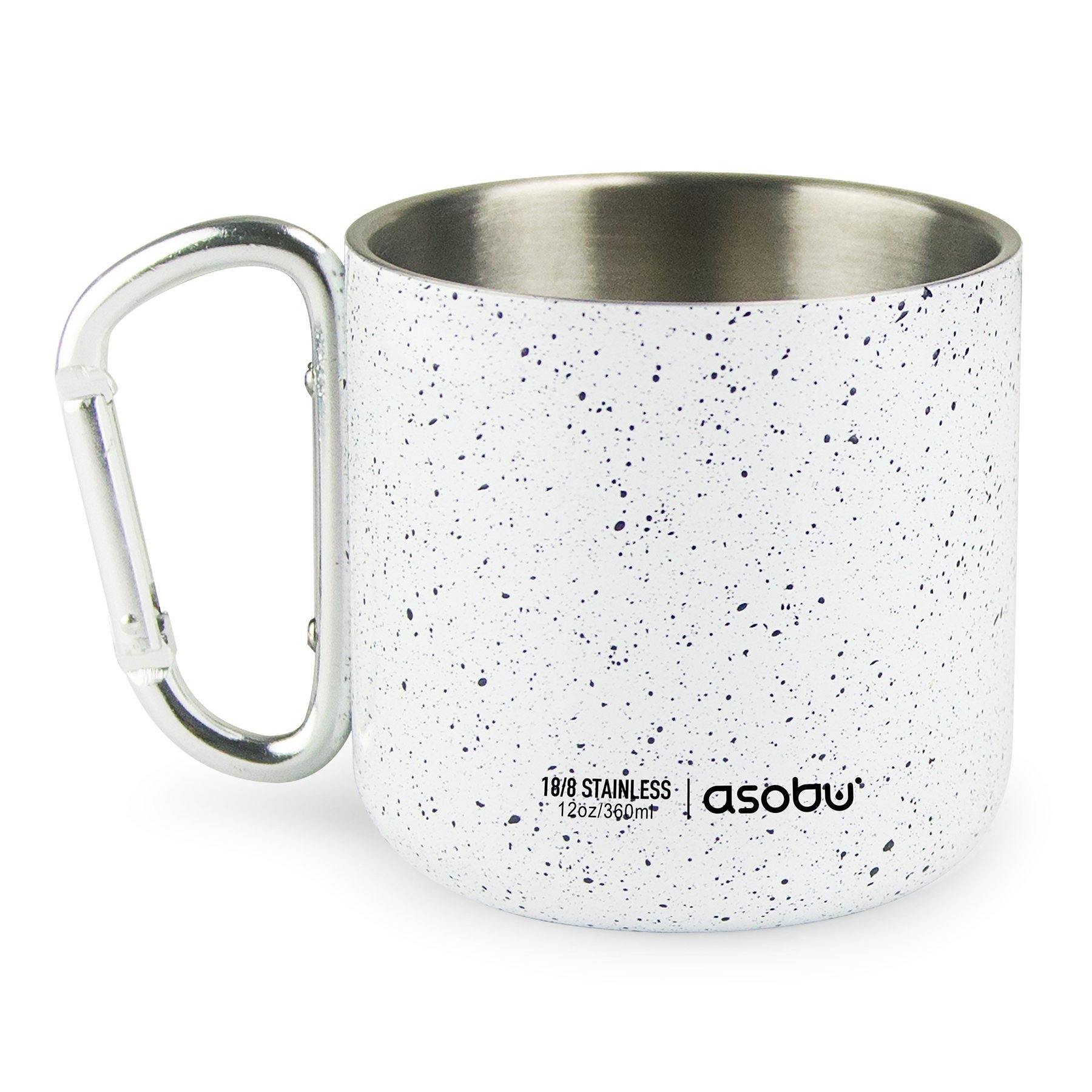Emergency shelters are essential items for outdoor enthusiasts, providing vital protection in unexpected situations. In this Defiance Gear Emergency Shelter Guide, we'll explore different types of emergency shelters, key factors to consider when choosing a shelter, and tips for setting up and using your shelter effectively.
Table of Contents
- Types of Emergency Shelters
- Key Factors to Consider in Emergency Shelters
- Setting Up and Using Your Emergency Shelter
- Additional Tips for Emergency Shelter Use
Types of Emergency Shelters
There are several types of emergency shelters available, each with their own advantages and ideal applications:
- Emergency Bivvy: A lightweight, compact, and waterproof bag that provides insulation and protection from the elements. Emergency bivvies are ideal for solo hikers and backpackers.
- Tarp Shelter: Tarps offer versatility and can be set up in various configurations to provide shelter from rain, wind, and sun. They are suitable for minimalist backpackers and can be used in combination with other shelters.
- Tube Tent: A simple, lightweight, and easy-to-set-up shelter that provides basic protection from the elements. Tube tents can accommodate one or two people and are suitable for short-term use in emergency situations.
- Bothy Bag: A portable, waterproof, and windproof shelter designed for group use. Bothy bags can provide warmth and protection for several people during breaks or emergencies.
Key Factors to Consider in Emergency Shelters
When selecting an emergency shelter, consider the following factors to ensure the best performance and functionality:
- Weight and Packed Size: Choose a lightweight and compact shelter that can be easily carried in your backpack without adding significant weight or bulk.
- Protection: Look for shelters that provide adequate protection from rain, wind, and cold temperatures, as well as insulation to retain body heat.
- Capacity: Consider the number of people the shelter needs to accommodate in emergency situations, and choose a shelter with the appropriate capacity.
- Set-up: Select a shelter that can be quickly and easily set up, even in challenging conditions or with limited experience.
- Durability: Opt for shelters made from high-quality materials that can withstand harsh weather conditions and repeated use.
Setting Up and Using Your Emergency Shelter
Follow these steps to set up and use your emergency shelter effectively:
- Choose a suitable location: Look for a flat, level surface free of rocks, roots, and other obstructions. Avoid low-lying areas prone to flooding or pooling water.
- Anchor your shelter: Secure your shelter using stakes, guy lines, or natural anchors such as rocks or logs to ensure stability and protection from wind.Optimize for insulation: If possible, orient the shelter opening away from the wind to minimize heat loss. Utilize additional insulating materials like leaves, pine needles, or clothing to increase warmth.
- Ensure proper ventilation: Allow for airflow to reduce condensation inside the shelter and maintain a supply of fresh air. Be cautious not to block vents or openings completely.
- Keep the shelter organized: Maintain a clean and organized shelter by keeping gear and supplies in designated areas. This will help you locate items quickly in case of an emergency.
Additional Tips for Emergency Shelter Use
Keep these additional tips in mind when using your emergency shelter:
- Practice setting up your shelter: Familiarize yourself with your shelter's setup process before embarking on your outdoor adventure to ensure you can set it up quickly and efficiently in an emergency.
- Carry a repair kit: Include items like duct tape, a sewing kit, or repair patches to address minor damages or issues with your shelter.
- Be prepared for emergencies: In addition to your emergency shelter, carry essential survival items like a first-aid kit, a whistle, a fire starter, and a signaling device.
- Leave no trace: When leaving your shelter site, ensure you pack out all trash and belongings, and restore the area to its natural state as much as possible.
Conclusion
Choosing and using the right emergency shelter can be crucial for your safety and comfort during outdoor adventures. By understanding the different types of shelters, considering key factors, and following proper setup and usage techniques, you'll be well-prepared for any emergency situation. Visit Defiance Gear's Essential Outdoor, Hiking, and Camping Gear Questions Answered for more outdoor gear recommendations, tips, and insights to help you make the most of your outdoor experiences.
Back to the Top









